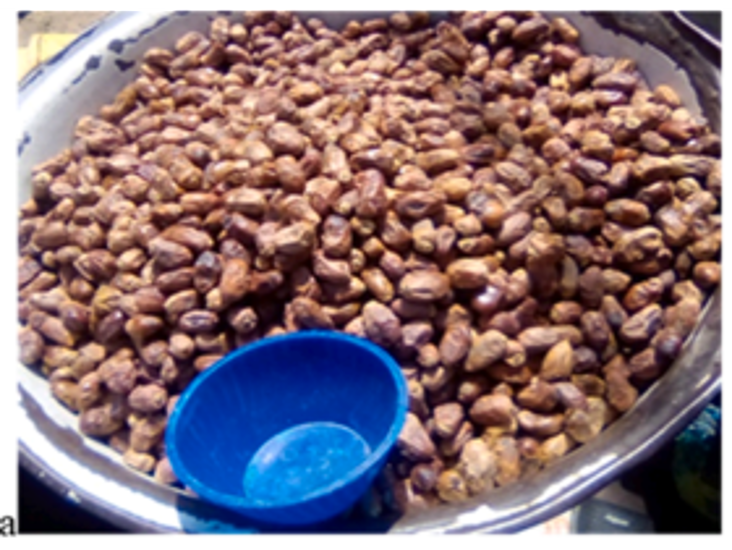Application of response surface methodology in date (Phoenix dactylifera L.) juice extraction: Effect of process parameters on Brix, color and sugar/acid ratio (2023)

Abstract
A technique called "extraction" was used to get juice from the "Bournow" date cultivar so that it could be used in the beverage industry. To reach this goal, dates were first studied to find out what their physical traits were. Then, the four-factor centered composite design was used to find out how temperature, time, volume to mass ratio, and enzyme volume affected Brix, color, and sugar/acid ratio. All second-degree multivariate polynomial models with interactions were obtained and validated. To maximize the responses, a multi-response optimization was done. The physical characterization permitted to get values below the criteria for classification. This enabled to say that the Bournow dates have bad qualities, which was why they needed to be valued. From center composite design the following responses ranges were obtained: Brix, between 13.2 and 25.9 °B; color, between 125.5 and 206 ASBC; sugar/acid ratio, between 6.24 and 46.90. It was observed that the selected factors have different effects on the Brix, color, and sugar/acid ratio responses, increasing or decreasing them in a significant way in single, quadratic, and interaction contributions. The multi-response optimization, whose goal was to get the maximum of all responses in order to make nutrient-rich juice, came up with the following compromise: temperature, 95 °C; time, 10 min; ratio water/pulp, 2:1, and pectinase volume, 0.5 mL. The simulated optimum values resulted in the following respective maximums: Brix, 21.89 °B; sugar/acid ratio, 13.99 and color, 187.99 ASBC.


